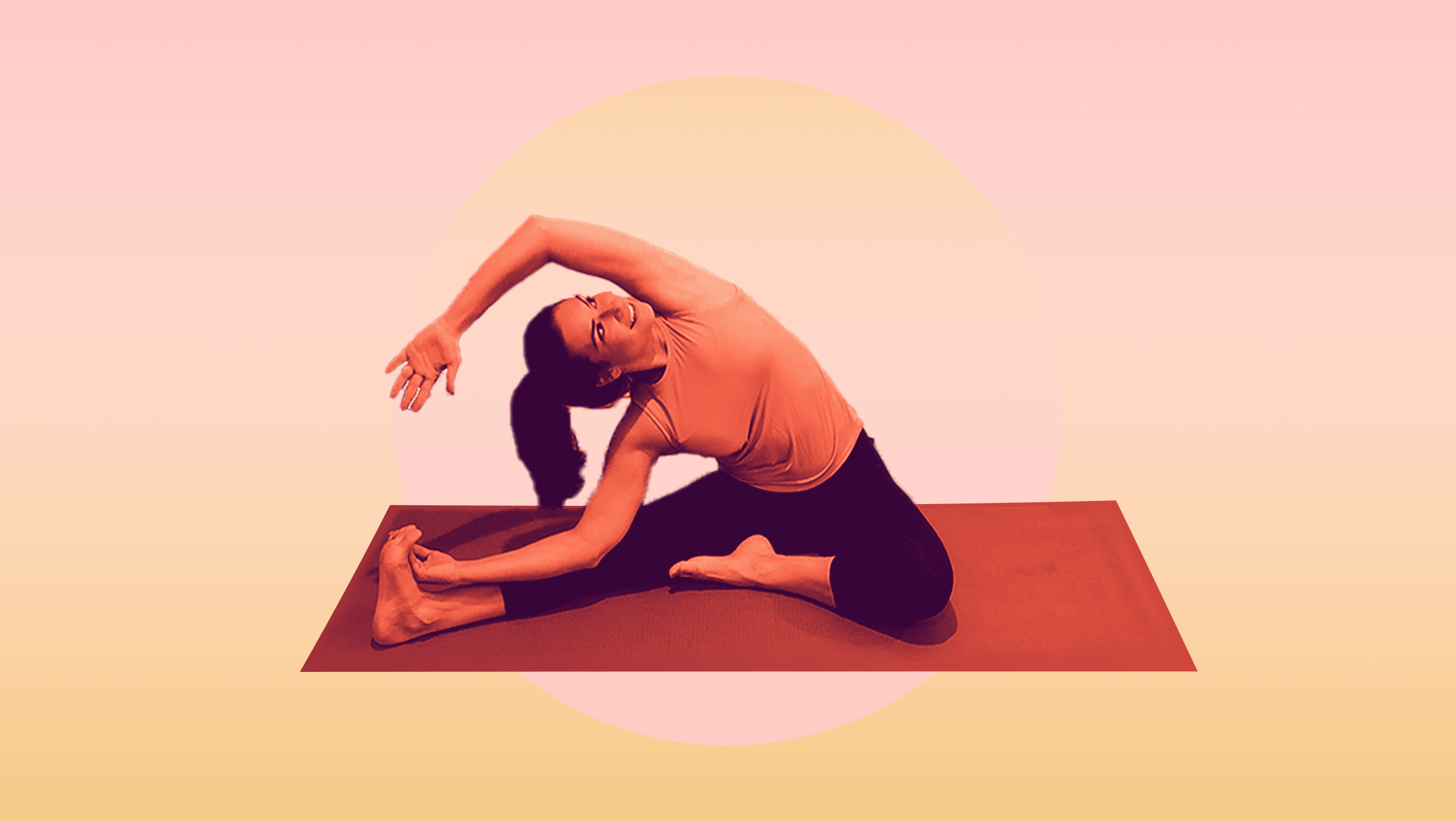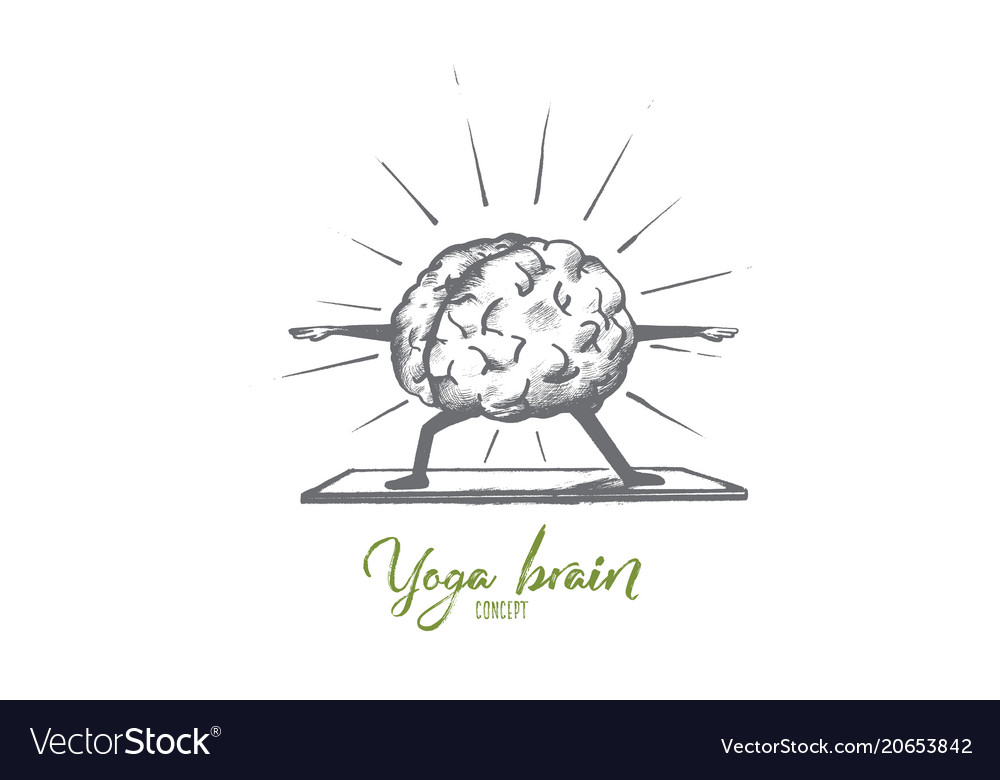
It is not always easy to understand the anatomy of yoga poses. It is crucial to practice yoga with your own body in view. Tight muscles may be the culprit for many people's limitations. But compression is what really causes them. Although it might seem scary, it is quite common and it's not something you should be worried about. Learn about the anatomy of yoga poses to enjoy the benefits of practicing them. This article will help you to make it easier to perform your yoga poses.
The anatomy and function of yoga poses is largely dependent on the muscles. The hamstrings are responsible in general for knee extension and flexion. They originate on the pelvic bowl and run down the femur to the elbow joint. Hip extension and hip flexion are key components of yoga. However, there are many common variations of hamstrings. You should be aware of yours before you try any yoga poses.

The muscles responsible for the extension and contraction of the knee are the hamstrings. They are located between the iliac spine, the femur, and insert onto the posterior calcaneus. Because of this, hamstrings have a vital role in many types if yoga poses. Gastrocnemius, on other hand, comes from the medial andlateral condyles in the femur. He is responsible for plantarflexion.
As we said, every body is different. The yoga world may want you to believe otherwise but every body is different and each one will do different poses. No matter if you are a woman or man, your anatomy can impact your ability to perform any pose correctly. Yoga practice should be based on your unique anatomy.
Apart from yoga postures, it is also essential to know the anatomy of different parts of your body. The three types of muscles that are most important, the adducted, extended and long-term, should be known. Know the difference between flexion & abduction. Also, be aware how your body moves in each. Begin a yoga practice if you're a beginner.

Unlike photographs of yogis, each person's body is unique. You cannot do the same yoga poses as another person. A book containing photographs of dozens of yoga poses with their proper anatomy can help you get started, but it's not enough to do it. To safely practice yoga, you need to be able to comprehend the anatomy of the subject. An exercise video can help you learn how to perform a certain pose.
FAQ
What is the purpose of milk for men?
When you next buy milk, think of other uses. It may be a good idea to reduce your coffee intake.
Both children and adults have been shown to benefit from milk. Milk is rich in nutrients for children, including vitamin D and calcium.
It helps with digestion, promotes weight growth, and improves bone strength. Milk products can help adults have better immunity systems and less illness.
The lactose in milk is also high, so people with digestive problems can enjoy the benefits of milk without experiencing stomach discomfort.
Drink more milk than soda and juice. Milk contains more calcium and vitamin D, which can strengthen your bones and teeth.
Plain low-fat milk can be used to make yogurt if you don’t like the taste. Yogurt, which is lower in calories but higher in protein, is a great option to milk.
Yogurt also has probiotics that aid digestion and increase immunity.
Warm milk can help you sleep better if you have trouble falling asleep. Warm milk relaxes the muscles and increases serotonin levels. It will give you a restful night.
Do I have to exercise while drinking alcohol?
Yes. Alcohol has increased energy expenditure, speed up recovery time, and reduced soreness.
Also, alcohol increases insulin sensitivity which makes it easier to absorb glucose.
Alcohol can also cause dehydration which can lead to a slower metabolism. It also reduces testosterone production, which may decrease muscle-building potential.
For these reasons, women shouldn't drink alcoholic beverages before working out. Women who drink heavily should wait at least 24 hours between drinking and working out.
The best thing for women who are pregnant is to avoid alcohol.
Men should drink only one glass of alcohol per day.
How quickly can I transform my body?
Change your mindset is the first step. The first step is to decide to change.
Once you have decided that you want to change, then you need to commit yourself to work on your fitness goals for at least 3 months.
You will then need to choose a program that is compatible with your lifestyle.
You also need to set realistic expectations. If you are not ready to dedicate the time and effort to reach your goal, do not spend money on a gym.
Instead, exercise outdoors in your own time.
Walk around your block for an hour every day to burn calories and help you lose 1 lb per month.
Now that you know what you're going to do start planning how you will organize your life to fit this new plan.
This includes scheduling a time to exercise each morning before you leave for work and taking breaks throughout the day so that you can move.
It is important to reward yourself when you reach milestones. You could buy accessories or clothes that reflect your achievements.
Statistics
- The PRS enabled risk stratification for overall prostate cancer and lethal disease with a four-fold difference between men in the highest and lowest quartiles (HR, 4.32; 95% confidence interval [CI], 3.16-5.89). (pubmed.ncbi.nlm.nih.gov)
- Get free shipping and 25% off today. (healthline.com)
- Cardmembers earn 5% Back at Amazon.com with a Prime Credit Card. (amazon.com)
- An estimated calorie range for moderately active adult males falls between 2,200 to 2,800 calories per day, depending on age. (eatright.org)
- Are You One of the 20% of Guys (mh.co.za)
External Links
How To
How to Eat Well for Men
Smaller meals are better than three large meals spread out over the course of the day. Smaller meals will allow you to spend less time eating and digesting food. Later, you'll be less likely overeat.
Avoid snacking before bedtime. Snacking late at night causes you to wake up hungry and overeat the following day.
Instead, have a light snack an hour or two before sleep.
Avoid "snack attacks," which are when you reach for something to eat at any moment you feel hungry. This is particularly dangerous if your weight is already high.
Balance your meals. Don't skip breakfast. Make sure to eat healthy lunches and dinners.
Cut back on calories if weight loss is a problem.
Eliminate alcohol, caffeine, as well as nicotine. Both can impact the way your body processes nutrients.
Get plenty of rest. Sleep deprivation makes people crave junk food.
Exercise regularly. Exercise can boost your mood, improve energy levels, and reduce calories.
Take care to your mental health. Stress can lead to overeating and weight gain.
Relax. Meditation and yoga can help relieve stress and anxiety.
Keep track what you eat. Note everything that you put in your mouth.
Supplements are important! Many men don't get enough vitamins and minerals to keep them healthy.
Daily multivitamin intake is recommended. Multivitamins can be used to prevent deficiencies in key vitamins, minerals and other nutrients.
You might consider taking a vitamin-C supplement. It keeps your immune system strong, and helps to prevent scurvy.
Include zinc in your diet. Impotence could be caused if you are deficient in zinc
Drink water. Your fluid intake should not exceed 1.5 liters per day (roughly 4 cups).
Limit salt. Reduce salt intake.
Trans fats should be avoided. Trans fat has been shown to be linked with higher rates of obesity, diabetes, heart disease, and other health problems.
Best male enhancement pills for 2018 - Best Male Enhancement Pills Reviews
There are many options for male enhancement. Some products work well while others provide no real results. This article aims to give you some information about the best male enhancement pills that actually work.